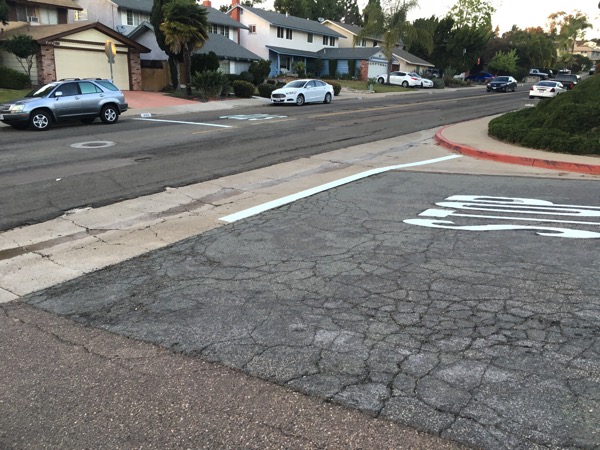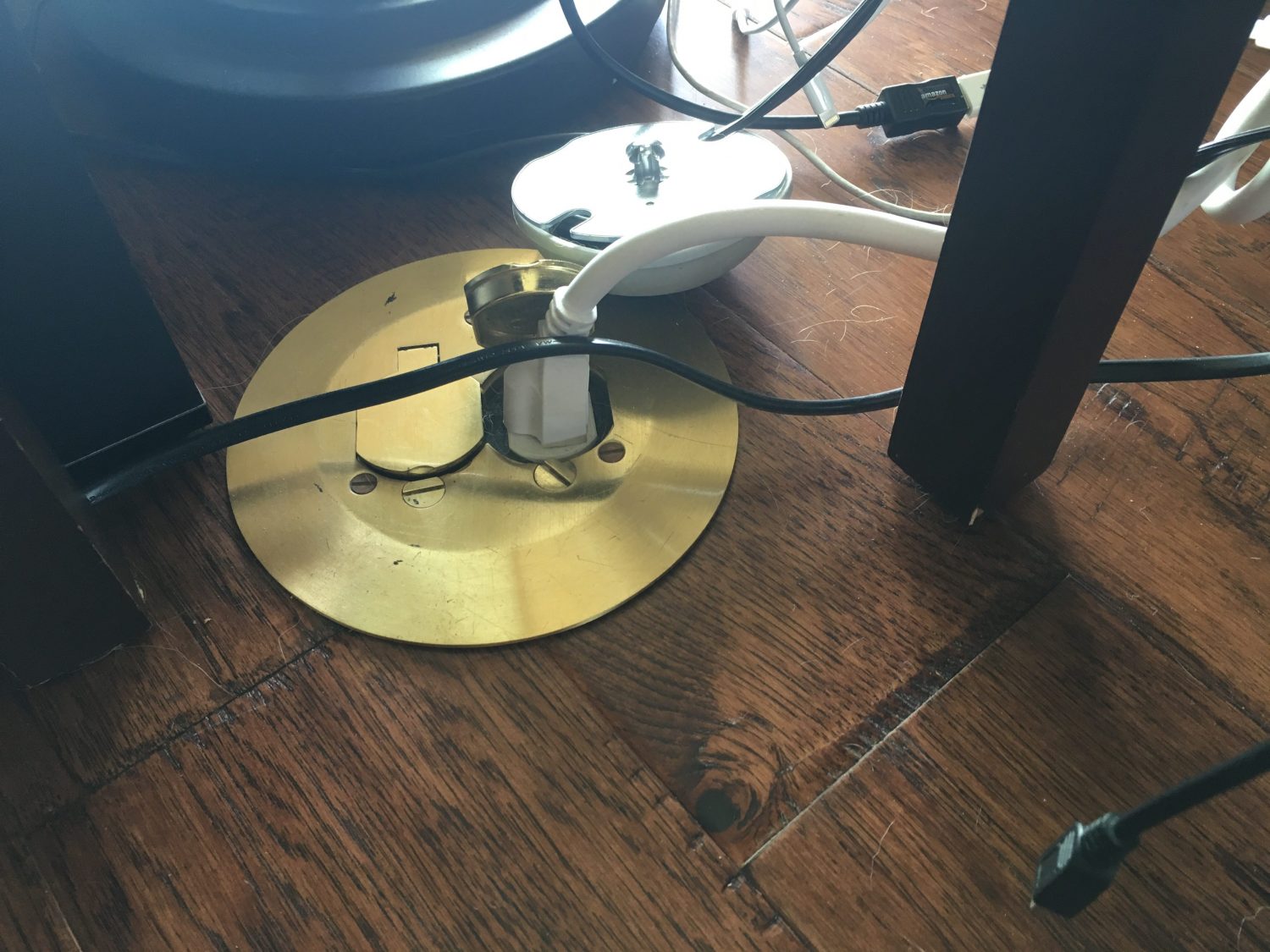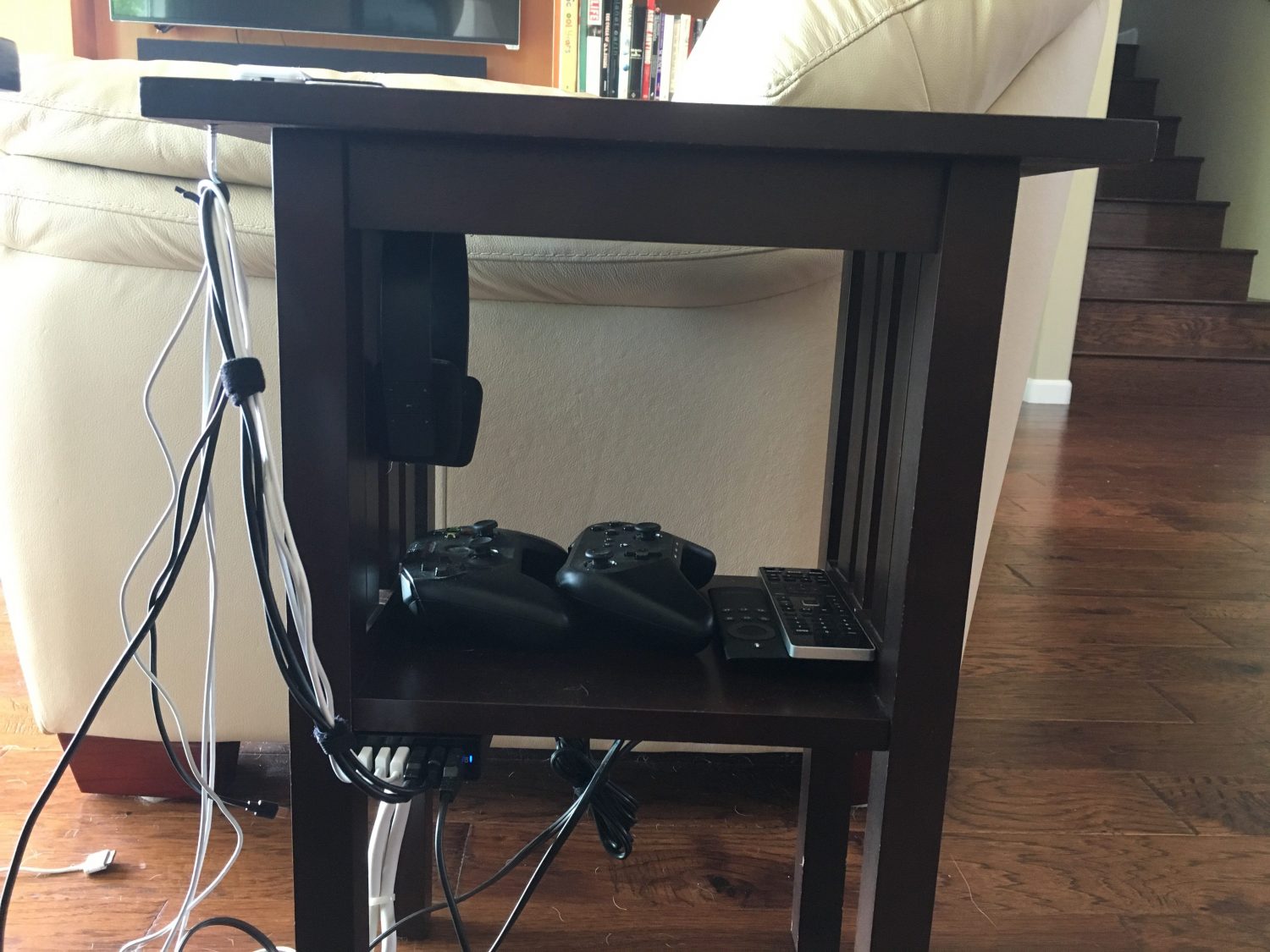-
Ineffective Stop Signs
Soon after we moved into our house (about two and a half years ago), the city installed stop signs at the end of our street. This seemed like a great idea as traffic would speed down the hill perpendicular to our street and make it dangerous to get out of our street.
Over the time we've been here, we've seen people stop at the signs, slow down at the signs, and simply ignore the signs. I filled out a traffic engineering request to see what the city could do to get people to actually stop. Soon after I did this, I saw the cables on the ground across the traffic lanes that measure traffic. I thought that this was great and that the city was going to do something about people stopping.
Unfortunately I saw the result not too long after that. The result was that the word STOP was repainted larger on the ground in all 3 directions. This solution, of course, is quite laughable.

Last week I received a call from a traffic engineer (I think) and he explained that the council rep and the community planning group had requested a stop sign to slow down the traffic. The city's job was done and traffic was slower most of the time; I do have to admit that if this was the goal, it has worked. The engineer suggested that I call the police and try to get them to come out and ticket people. Our police are overworked and they have better things to do than sit at a stop sign; the reasoning was that the route is used by locals and after a few tickets are issued, people would get the message. I don't believe it, but whatever.
I've done my part to try to get people to do the right thing with respect to actually stopping, but without enforcement, the practice will continue. In speaking with a few neighbors who run it, they say that they can see in all directions and it isn't hurting anyone. That may well be the case, but there will be that one time when someone doesn't stop and there will be a serious accident.
-
Conserving Water with Rain Barrels
A few months ago, my wife saw that the city and water district were offering rebates on rain barrels. The rebates were significant enough to pay the entire cost of the barrels, so I decided to purchase 2 of them at Home Depot. Installig the barrels was easy as all I had to do was make Some slight modifications to my downspouts, attach an overflow hose and replace the spigot with a brass one as the cheap plastic one that came with the barrel would break easily.
After a major rain, I was able to fill up and then empty the 2 50 gallon barrels. We had another rain that filled up the barrels, so now I have another 100 gallons of water to use.
This got me thinking about how little having these 2 barrels will do to conserve water. First off, here in San Diego, we typically get rain in a concentrated window which wouldn’t really allow me to collect and empty water more than a few times a year. If I had barrels that collected 600 gallons, I could probably water all our plants for the entire growing season. Second, if I can fill up 400 gallons of water a year (best case scenario), I would save about $2 based on the cost of water.
While the rain barrels look nice and let me collect a little water, they are not cost effective (if I had to pay for them) and really won’t put a dent in my water usage. I can just feel a little bit better knowing that I’m trying to help.
-
Conveniently Charging Devices
When we remodeled our house 3 years ago, we created a very open floor plan on our main living level by removing a wall. So now we have our kitchen, dining area (it isn’t a formal dining room as we never used one), and living room all together. This has worked out well, but during the planning stages, we realized that there would be a slight issue and that is based on how we wanted our couches, there would be no walls around them to plug in a lamp, charge devices, etc. We decided to put an outlet in the floor (the concrete had to be cut to put in the outlet which was being done anyway for our kitchen island). This outlet turned out to be a great decision.

We started by plugging in a lamp into the outlet (the lamp is less harsh than the overhead lights) and then when I added a 5.1 surround system, I plugged the wireless subwoofer/rear speakers into the outlet. Of course, we only put a duplex outlet into the floor so when my wife wanted to charge her iPad there (she tends to use it most while sitting on the couch), I dug out a Y outlet and used that.
One device turned into 2 and then turned into more where we had to keep swapping out the cable. After purchasing a few of the Anker 5-Port USB Charger PowerPorts, I thought that using one of these on a table near the couch would solve my problem.
So I bought a small power strip, used industrial strength Velcro to mount it under an end table, and then mounted an Anker 6-Port USB Charger PowerPort under the table as well. Now I had 6 USB ports easily accessible near the couches.
I quickly realized that this solution was ingenious, if I do say so myself! It turns out we have a bunch of devices that occasionally need charging including an Apple TV Remote, a SteelSeries gaming controller, an Aeon Labs Z-Wave remote, an iPhone used as an automation remote, a pair of Bluetooth headphones that I sometimes use with the TV, and a few iPads. I’ve plugged in 2 30-pin cables, 2 lightning cables, a micro USB cable, and a mini USB cable into the Anker. This lets me easily grab a cable and be able to charge anything.

Device Power I’m still not quite sure what to do with the cables, but for now they’re all hanging together.
-
A New Chapter In My Professional Life
For the last 5 years, I’ve basically worked for the same company. My group was part of a sale about 5 months ago and I went along for the ride. Unfortunately all good things must come to an end and this chapter in my professional life has closed.
This time has been quite good to me and I’ve worked with some amazing people. I’ve worked on a variety of projects and learned all about technologies that I never imagined I’d ever encounter. I’ve also met some people that will remain good friends; in some ways I’m sad to be moving on, but in other ways, this is an opportunity for me to start anew.
I am quite nervous as I’ve only sent out résumés a few times in my 20 year career and never landed a job that I had applied through an ad. All my jobs have been a result of knowing someone or doing something (several were because of the software I’ve written).
Wherever I land, I’ll have to learn about new projects, new development styles, become more versed in a new language (Swift) and work with a new team. Transitions are always difficult, but like all transitions in my career, I’ll make it through this one just fine.
People have told me to take some time and enjoy my new freedom. That, of course, is much easier said than done. For now, I’m working through my ever growing todo list while actively pursuing job leads. Finding the right job is going to be a job in itself!